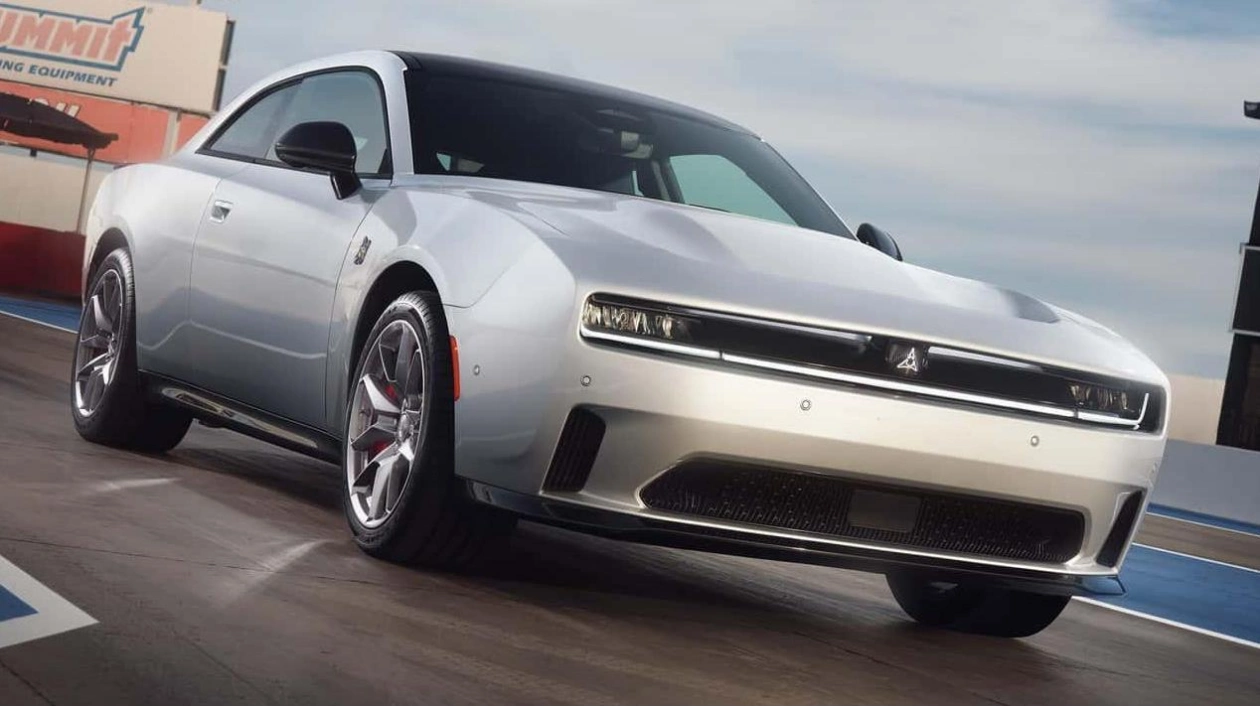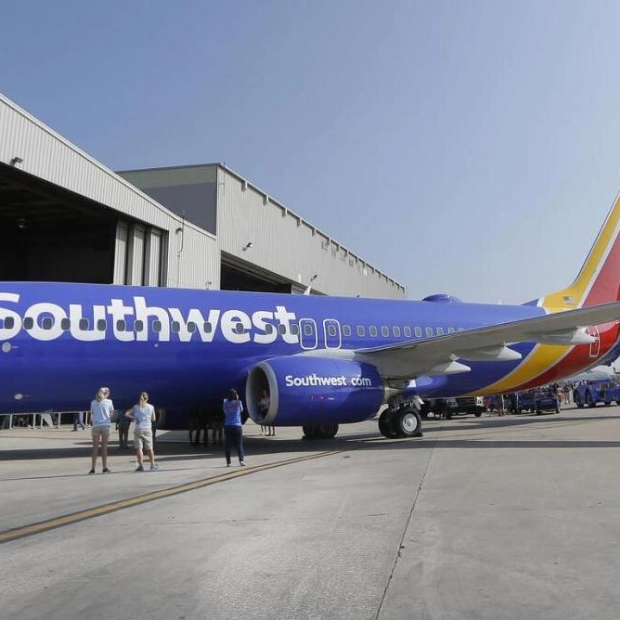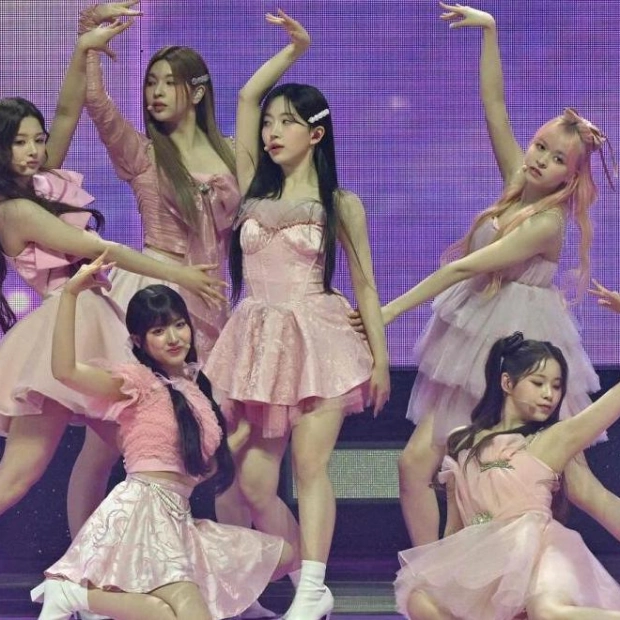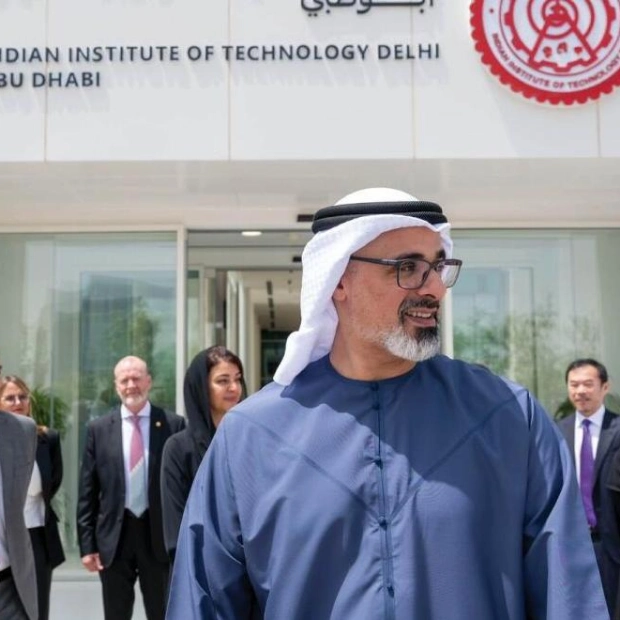Visit your nearby Dodge dealership, and you might spot a few remaining Chargers and Challengers still available. Although production ceased for these models last December, the surplus of inventory is no coincidence. The automaker collaborated with its dealers to maintain stock availability as it gears up for the introduction of the next-generation Charger. According to Dodge's new CEO, Matt McAlear, the brand aims to have fewer than 2,000 Chargers and Challengers in inventory by the time the 2024 Charger Daytona EV arrives later this year, but it will maintain a limited selection for the foreseeable future.
Dodge plans to start manufacturing the coupe versions of the new electric Charger Daytona R/T and Scat Pack models this summer, a strategy decided upon well before McAlear's appointment as CEO on June 1. Several years ago, automakers, including Stellantis, committed fully to their electric vehicle initiatives, setting ambitious goals to transition their fleets to battery power. "We're making our strongest effort," McAlear stated. "While I'm thrilled this is an EV, we won't market it solely as such." He emphasized that Dodge didn't aim to create a car with the best drag coefficient or range. "Our goal was to design the ultimate muscle car." The Charger Daytona Scat Pack, equipped with the standard Stage 2 package, will debut with 670 peak horsepower, 627 pound-feet of torque, all-wheel drive, and a starting price of $75,185. The fastest model will accelerate from 0 to 60 mph in 3.3 seconds and complete a quarter-mile in 11.5 seconds. Dodge has hinted at an even more powerful Banshee variant, but it remains to be seen if die-hard SRT enthusiasts will embrace the switch from gasoline to electric power.
"Some will, some won't," McAlear acknowledged, noting that customers don't transition to EVs overnight. However, he is encouraged by Dodge's young demographic, which has the highest inclination to adopt electric vehicles. Nonetheless, the brand has spent two decades building a fan base that has grown accustomed to increasingly powerful V-8 Hemi engines, setting specific expectations that electric motors and kilowatts might not fulfill. The STLA Large platform supporting the new Charger is profitable with electric powertrains and sufficiently flexible to meet consumer demands. Although Dodge will initially launch the electric two-door model, followed by the four-door Daytona next year, it will also introduce a combustion-powered version called the Charger Sixpack. This model will be positioned below the all-electric variants while sharing the same platform, featuring styling differences and a twin-turbocharged 3.0-liter Hurricane straight-six engine, available in 420 or 550 hp variants. The Sixpack will offer a more affordable entry into the new Charger lineup, although combustion engine enthusiasts will have to wait until the second half of 2025 to purchase one.
The Charger Daytona R/T starts at $61,950, significantly higher than the outgoing V-6-powered Chargers and Challengers. The 2024 Hornet and Durango start at $32,995 and $42,265, respectively, providing McAlear with ample space to develop "mainstream performance" products he believes are essential for Dodge's future lineup. He also intends to continue promoting SRT as the brand's flagship. "Products without an SRT or ultra-performance element do not align with our growth strategy as America's performance brand," he explained. "It must be the right models, executed in the Dodge style, that stand out in a sea of uniformity," McAlear said, without revealing any details about upcoming products. This is a significant challenge given the affordability of horsepower with battery-electric powertrains.
Dodge hopes features like its Fratzonic Chambered Exhaust will distinguish the electric Charger from other BEVs, but consumer reactions remain to be seen once it hits the market. There has been significant online criticism regarding Dodge's move to electric powertrains, and overall consumer sentiment towards EVs is starting to decline, particularly in the U.S. The Charger Daytona EV is positioned as a "new, better, faster" muscle car by McAlear, but Dodge must work to persuade its fans to embrace this new era. The brand risks alienating its dedicated fan base and will continue to face debates about its direction until the new Charger is on the road and customers can judge it for themselves. "If there wasn't debate, if there wasn't concern, I'd be more worried," McAlear remarked.






